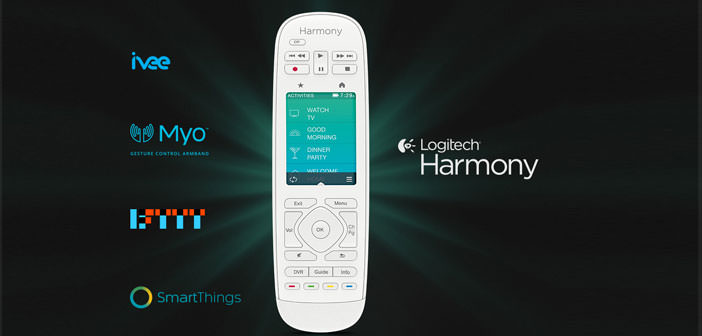The platform smarthome Logitech gives developers new opportunities by providing a new API. The integration of entertainment solutions with the illumination of the house, the heating system and the access control becomes even more simple. The argument smarthome is capturing more and more attention of manufacturers and users: in various ways and with different approaches are coming to market solutions that can handle the home automation at increasingly affordable prices.
For some time, there are products and platforms dedicated to the purpose, based platform’s expensive standard or proprietary protocols that are able to ensure the integration and dialogue between electronic devices at home.
The simplest examples concern the possibility of controlling an electrical outlet remotely, or to manage through a single control light and different devices. Even thermoregulation home falls in this scenario, as well as access control achieved with smart cameras and locks.
The challenges in this new emerging field are several: it is to integrate their different products, developed by companies sometimes compete with each other, and the whole thing has to be done in the most simple and intuitive for the user. Logitech was among the forerunners for smarthome with the Harmony project that today is a real platform able to talk to each other about 270,000 devices already on the market.
The expansion process is expected to grow in an even more dramatic, Logitech has announced the release of a new API that will allow developers easier access to the platform Harmony. At present, those who intend to take advantage of the new API should join a program specially created by Logitech, and for the time between the partners involved are IFTTT, SmartThings, Ubi and Myo.
Logitech’s blog also exemplifies what we might expect in the near future: the user may have at its disposal the ability to use your own voice or gesture to access the platform Harmony. In other words, while sitting on the couch we could ask Harmony send playing a particular audio or video content, then managing the control panel of the media player with the gesture.
In this typical scenario of home entertainment are added all the possibilities offered by a platform able to integrate between them the lighting system, with the entertainment, with the possible control of blinds or windows. And the imagination might suggest additional opportunities.

